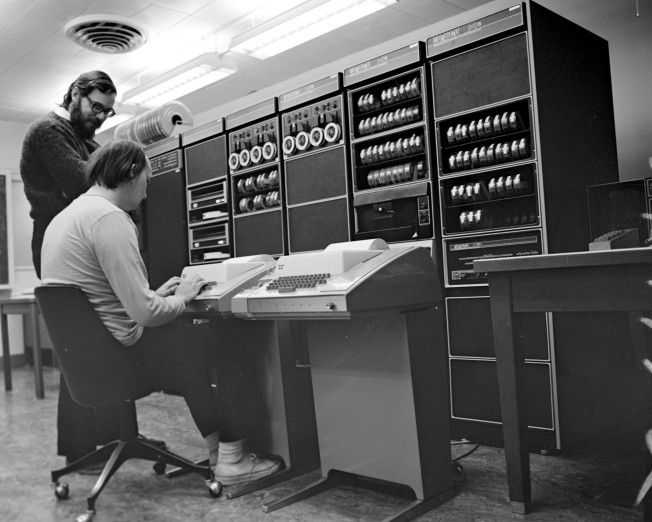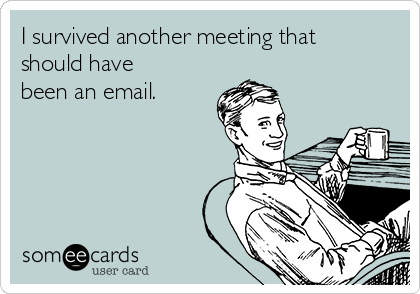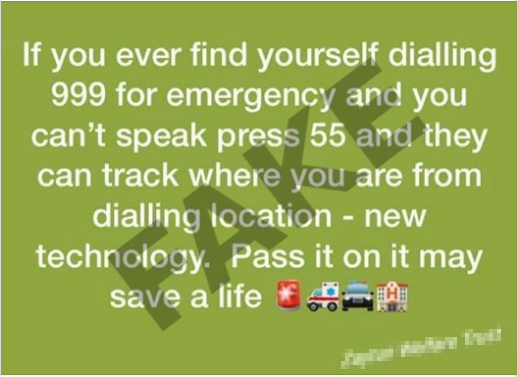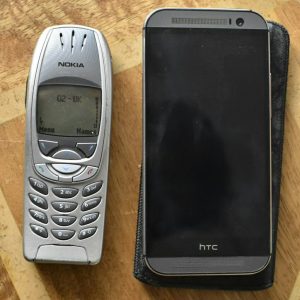It’s just common sense; December is a cold, wet, dark and miserable time of year in Northern Europe. That’s why just about every religion that’s taken hold here has put a big party some time around the Winter Solstice.
Christmas is supposed to be fun. It’s supposed to brighten up an otherwise miserable time of year. How then did we end up with this version of Christmas? The one where it’s a significant cause of stress? Where it’s become a big list of expectations and obligations? You must do this, do that, buy this, invite these people, visit those people, decorate your house so, buy presents, presents and more presents, send cards to the entire world and not go postal on the Salvation Army band when they turn Gaudete into a funeral dirge.
In 2009 I got so hacked off with the entire affair that I decided to celebrate by going on holiday – to a Muslim country. It was worth it, I came back with an entirely different attitude.
I took step back and began to ignore the billboards and the adverts and all the noise and listen to the language of Christmas: the stories; the songs and carols; the messages people send. It’s not about presents, it’s not about wrestling 9 other people by the games counter in Hamleys to try to get your hands on the last UK stock of this year’s must-have toy. There are literally no mentions of buying a new sofa to try to impress your relatives. For Christians it has specific religious significance. For the rest of us the messages of Christmas are of peace, of goodwill, of hope.
These are universal, whether you’re a Christian or not.
That’s what I learnt in Egypt a decade ago, where our hosts apologised constantly for not really understanding Christmas, but in fact embodied its true meaning far better than we do the UK.
This wasn’t the reason I wanted to write this article however: it was consumerism.
It was a suggested on a business programme I was watched not so long back that the average life of a Christmas present is two weeks. After that they get no significant use and ultimately end up as landfill waste. At first that seems ridiculous, I still have plenty of presents from years back that I still use and indeed treasure. However when I think about the amount of relatively low value presents I’ve received as tokens of people’s affection then the two week figure starts looking frighteningly plausible.
I didn’t know that in 2010, but I did know that my friends and I were getting an awful lot of crap we neither needed nor wanted. It was all given with the best of intentions of course, but most of it was disappearing shortly after Christmas to never be seen again. Consequently I came up with a plan: if I didn’t know a present that someone really wanted then I’d try to buy them something consumable. Wine, beer, theatre tickets, restaurant vouchers, hampers, etc. Things that they would definitely use and that would leave a very small footprint behind, if any at all. I’ve done that every year since.
Aside from not wasting money on crap that will get thrown away there’s another reason. In Europe we’ve made big efforts to reduce the amount of energy we waste and the amount of greenhouse gasses we produce.
In counting this however what we’ve failed to do is to account for the carbon footprint of the goods we import. Almost all cheap Christmas good are imported from other countries, countries where in many cases the energy and manufacturing systems have a much larger carbon footprint than ours in Europe.
Even if you put the environmental argument aside, if you’re buying cheap presents from a global online marketplace or a major chain store then the money is just disappearing out of your local economy and even out of the country.
You’re basically just giving Jeff Bezos your hard-earned cash.
What can we take away from this?
Buy from local small businesses. Not only does this improve your carbon footprint, it helps people in your community – and not just the business owners. You give the shop-keeper a £10 note, that gets paid to staff who use it in a restaurant that then uses it to pay a local farmer who then buys feed – the money stays local, benefiting people in your community. Buy something from Amazon and it’s gone.
Buy consumables for presents. Things people like to eat, drink; supplies for their hobbies; experiences you know they’ll enjoy.
OK, if you have kids I know this is difficult, but try not to be a Dursley. You know your kids, try to buy small numbers of high quality goods that you know they’ll really enjoy for a long time. Ignore the hubbub about this year’s must have toy. Most of that noise is created by the industry itself and most of those toys are rubbish. Remember that magazines, newspapers and web sites rely on advertising money. If the toy’s manufacturer is promoting it the media is going to be right behind it, even if they all know it’s rubbish. They’ll tell you that it’s the best thing ever, that everyone wants it and that you’re a bad parent if you don’t buy it. In the words of a band I rather like, Ignore the Machine.
Remember also that the experience of seeing your children thrilled and happy doesn’t always have to be met by a physical thing. If you have a special trip, holiday or experience planned, you can announce it at Christmas. With many items you can either make a kind of fake ticket or put the actual tickets in a fancy envelope and use that as a present.
Peace, Hope and Goodwill. You don’t have to be a Christian to understand the true meaning of Christmas. By far the greatest gift you can give is happiness. A big part of that is freedom; freedom from conflict, be that personal, regional or international. Freedom from the fear of conflict and war. Freedom from oppression and the fear of oppression.
Goodwill is the key to all of that.
You can give people peace by being kind and considerate towards them, showing them that they don’t have to worry about conflict and oppression.
You can give people hope by showing that you care about them, that you care about their future and the future of the planet.
…and, as Bill and Ted so wisely put it, Party On Dudes and Be Excellent to each other.













